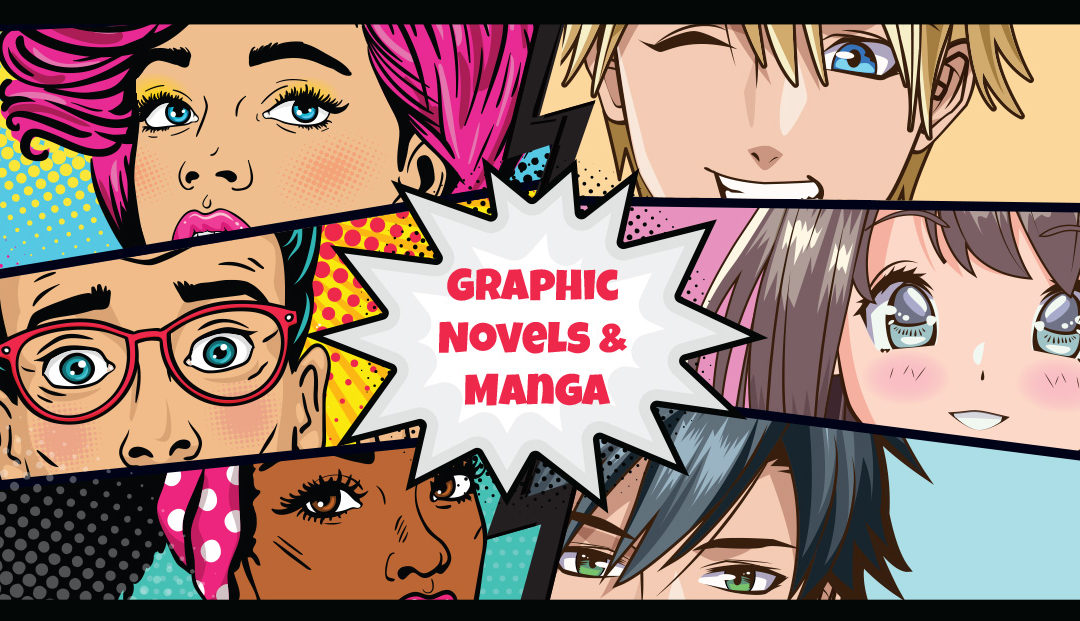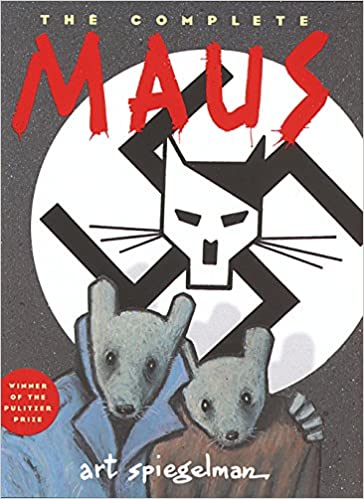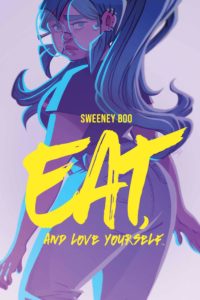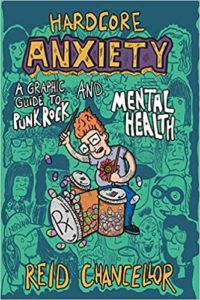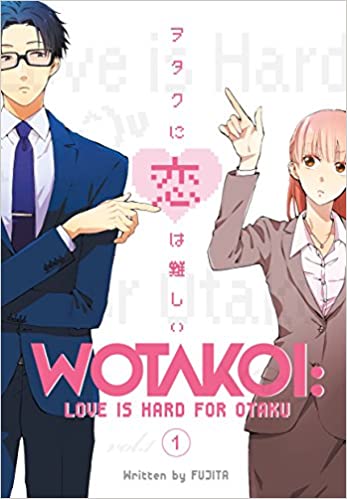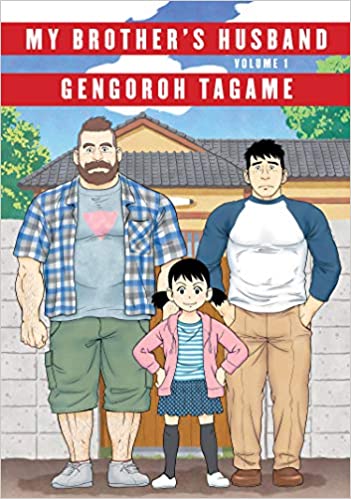By Alyssa, Omak Public Library
As an avid reader of manga and graphic novels it always gives me great pleasure when people stop by the library to check out these books or to request them. The increase of readership surrounding these materials has been growing in popularity once more, thanks to how mainstream they have become in pop culture. Even with their rise in popularity, there are still those who do not see manga or graphic novels as true literature and that only children or teens read them. This blog will help to alleviate some of these misconceptions and hopefully encourage more people to look into checking out a manga or graphic novel to see how they are rich in art and story. Our library system has an amazing collection of manga and graphic novels, I am sure we can find one that would appeal to any reader.
Background
Manga has been around in Japan since the 12th century but its current format has been around since the 1950s (Mori, 2014). In Japan, it is usually published as a weekly, biweekly, or monthly periodical before being published into novels. Japan has a high literacy rate and manga makes up about a third of their publications, according to the Japan External Trade Organization. Manga doesn’t just stop with fiction though, there are also non-fiction publications that they create to provide accessibility and entertainment while learning about science or history. Manga also goes into real life issues, the characters struggle with problems that are relatable to a lot of readers and not just younger readers.
Comics really got their start during the Golden Age of Comics, which was between the years 1938 to 1955 (Mori, 2014). These original comics were simple issues that were published with a superhero doing heroic acts. During the 1970s and 1980s comics started to take on different tones, becoming more serious, historical, and literary. This increase in length and story promoted comics to start being called graphic novels. It was also during this period when we started to see characters of diverse backgrounds starting to make more of an appearance.
In 1992 the graphic novel Maus, by Art Spiegelman, won the Pulitzer Prize, making it the first graphic novel to ever win a literary award. This landmark allowed for more people to realize the literary potential of comics.
Criticism
Most criticism that one hears is that comics or manga are too easy, that they do not allow those who read them to gain any literacy skills. This simply isn’t the case. This sort of media actually does help to promote lifelong readers. Manga and graphic novels have to convey the story not only with words but with art. This allows readers to not only read what is happening but also to visually see how the different panels work together to push the story forward. There have also been many articles and books published on the benefits of comics for readers, especially young readers. Stephen D. Krashen’s book The Power of Reading also goes into how reading comics can lead to serious readership. Blocks of text can be difficult for some people, but manga and graphic novels allow the reader to have information delivered to them in a less stressed out way. Instead of the individual looking at blocks of text they can be drawn into the art that also conveys language that the reader might even use in their own daily life, this makes it accessible to them.
The other criticism people bring up is that they are too graphic. This has been addressed by the library system. We catalog our collections as Juvenile, Young Adult, and Adult. This allows for some of this concern to be addressed. Most manga have a rating on the back of the books to allow readers to know who the target audience is. Manga and graphic novels are created for a wide range of readers and age groups. It is easy to assume that since they are comics that they would follow along the lines of what one reads in newspapers or see children programming. This isn’t the case. This media is meant to be read by a variety of people of different ages, backgrounds, and comprehension levels. What might not be suitable for one person, might be perfect for another. There is usually a graphic novel and manga for everyone.
Benefits
Graphic novels and manga allow people to enjoy a media that is both visually and intellectually appealing. This type of media has come a long way to appeal to more people, across gender, race, and age. It is a book with art. The other benefit with this sort of media is that it can help convey a message that isn’t weighed down with text. This allows people who might be reluctant to read to have a literary source that isn’t block text heavy but still promotes reading.
We have a few books on mental health, such as Hardcore Anxiety by Reid Chancellor, and body positivity, such as Eat by Sweeney Boo, that are in graphic novel format. By conveying mental health in this way it allows for the reader to approach this subject in a less threatening way. In block texts the need to fill the page with words and information is important. In graphic novels the use of art and words is used instead, allowing readers to learn about an issue and to see art to convey tone and depth with fewer words. There is a site called Graphic Medicine that is a great resource to find more graphic novels on health concerns. This can be a beneficial resource if you wish to learn more but do not want to read a text book on these subjects.
Manga also hits on topics that a lot of people face in their daily lives, such as Wotakoi: Love is hard for Otaku by Fujita. In this manga we follow Narumi who isn’t comfortable with people knowing that she is an Otaku, which means someone who is obsessed with gaming or pop culture. This type of manga appeals to a variety of readers who might feel awkward about their fandoms, even though there are plenty of people who might also share that same fandom! My Brother’s Husband by Genoroh Tagame is about a man, Yaichi, learning to come to terms with the fact that his bother was gay and married to this Canadian stranger. In it Yaichi learns to see a different side of Japanese culture through his brother-in-law and his own daughter who thinks that having a Canadian uncle is the best thing ever.
These are just a few of the amazing books we have in the system. There are a lot of great manga and graphic novels within our library. If we do not have something you are looking for, we can always make a purchase suggestion for you so that you can get the items you wish to read.
If there is one thing that you can take away from this blog I hope it is this, if you do not know what type of manga or graphic novel to try out, talk to your local librarian. We can help you find something in your interest. If you are already an avid reader please still talk to us about what you think will benefit our collection. We want you to have access to what interests you.
References
Kunai, I. and Ryan C.C.S. (2007). Manga as a teaching tool: Comic books without borders. CATESOL State Conference.
Mori, M. (2014). Graphic novels: Leading the way to teen literacy and leadership. Indiana Publishing.
